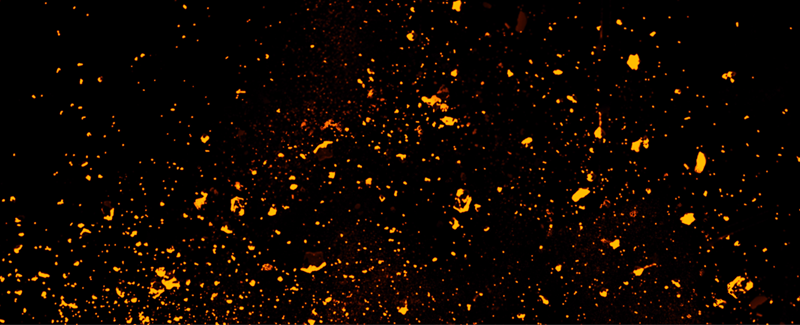Hydrogen and Fire Safety: Detecting the most flammable element on earth (white paper)

By itself, hydrogen is colorless, odorless, tasteless and non-toxic. But when even small amounts of this seemingly harmless substance mix with air, it morphs into a major fire hazard. Therefore, industries that use hydrogen require a leading-edge flame and gas-leak detection technologies to ensure a safe environment for people and processes.
Hydrogen, the first element in the periodic table, is the most abundant chemical substance in the universe. On earth, it is normally found in combination with other elements (in water molecules, for example) but rarely in its pure form.
In addition to its importance in the natural world, hydrogen plays a major role in many industrial processes. These include refining and food processing, as well as the production of fertilizer, plastics, pharmaceuticals, silicon chips, and glass sheets.
What makes hydrogen dangerous?
Industrial users of hydrogen must deal with the highly reactive and explosive properties of this gas. In NFPA 704, the labeling system used to identify hazardous materials, the National Fire Protection Association gives hydrogen its highest rating of “4” on the flammability scale because it is flammable when mixed even in small amounts with ordinary air.
In addition, it takes only a small amount of energy to ignite hydrogen. In fact, it can actually self-ignite, even without an external energy source, in cases where it is leaking from a pipe at a sufficiently high pressure.
Making hydrogen even more dangerous is the fact that, unlike a hydrocarbon flame, human senses cannot easily detect a hydrogen flame. People who come upon a hydrogen flame will not see it, even up close. Instead, they may see an area ahead of them shimmering, as if it were a mirage. They may also see sparkles, which are dust particles burning briefly in the flame.
Read our white paper for more information on tackling this difficult gas detection and fire safety challenge.